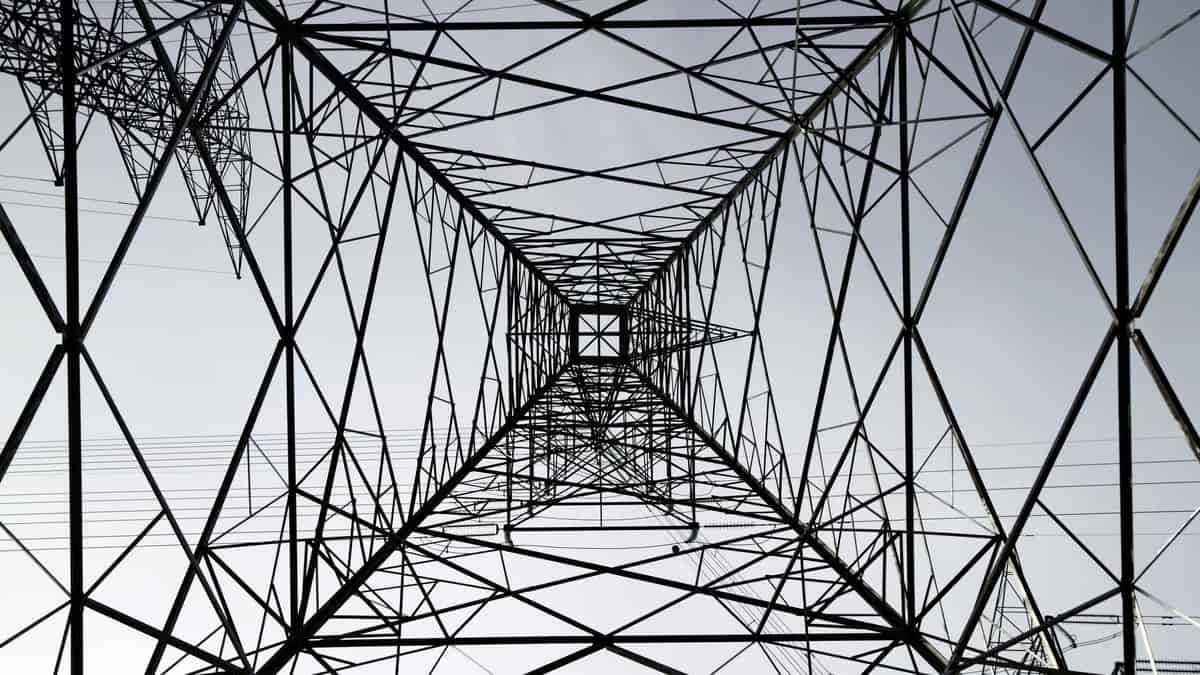Carlos Araque, co-founder, and CEO of Quaise Energy, reportedly claims that geothermal energy can provide up to 50% of the world’s power by 2050 from its current capacity of 0.4%.
According to InsideEVs, CEO Araque announced that forecast during a panel discussion titled “Is this geothermal’s moment?” last week at the SOSV Climate Tech Summit 2022. Dandelion Energy CEO Kathy Hannun joined him in discussing impediments and problems in terms of geothermal development.
Problems and solutions
It will take a lot of money and effort to fully use the geothermal energy resource. Araque went on:
“It’s very hard to achieve anything in our space with a million dollars or even $10 million. You have to start playing at the $100 million level or even $1 billion level. This is what it costs to get [deep geothermal] developed and deployed at portfolio levels.”
Additionally, the Quaise technology used in deep drilling has only been tested in the lab thus far. That said, it will also take time.
Quaise Energy aims to address these issues by leveraging oil and gas. According to Araque:
“You feed in geothermal steam instead of steam from a fossil-fuel boiler. That in a brushstroke decarbonizes the power plant, and you can repeat that 10,000 times over with other plants.”
Interestingly, the concept was to “leverage the oil and gas industry” to push deep geothermal development. Araque explained:
“I think of them as a ready-made workforce, supply chain, and regulatory framework that can push this into the world at the scale that’s required.”
On the other hand, CEO Hannun expressed that using geothermal energy for domestic home heating and cooling will be more affordable for Dandelion if complexity is reduced:
“It’s hard to advance our building stock and change all of the buildings that already exist [to geothermal because] they’re all slightly different and there’s a lot of complexity to manage. So a lot of our focus is on making geothermal [heat pumps] as simple to get into homes as it is to install a furnace or air conditioner.”
Potential for entrepreneurs
The Climate Vine’s founder Andice Ammori asked Hannun and Araque about any lingering geothermal problems that other entrepreneurs may take on as the panel discussion came to a close. Both CEOs agreed that improving imaging devices for seeing underground is critical.
As per Araque, electronics that can endure the extreme temperatures associated with deep geothermal are required.
Additionally, Hannun remarked that the geothermal heating and cooling business would benefit from everything pertaining to weatherizing homes. She also provided advice for other entrepreneurs:
“I would encourage entrepreneurs not to just look at the central core technology, but also the enabling technologies, products, or businesses around permitting, licensing, and transmission. There are [many] things in the ecosystem that need to happen to enable scale.”
Araque pointed out that the energy transition itself is an ongoing problem:
“Don’t for a second think that it’s just a matter of scaling what we have. There’s plenty of space for innovation. This is the greatest challenge of many generations, not just ours, and we need all human capital on the problem.”
Geothermal’s significant effects
The two CEOs discussed the potential benefits of geothermal energy. Apart from being sustainable and clean, geothermal energy offers a baseload energy source that is accessible anytime. Araque added that it is “the most powerful and abundant renewable on Earth. Much more so than wind, solar, nuclear, and all fossil fuels combined.”
The impact of an energy source on externalities like the environment, land use, and mineral consumption should also be considered, according to Araque:
“When you look at the [problem] from this lens – how much land use per unit of energy you produce, the amount of materials necessary per unit of energy, and how much carbon dioxide you produce per unit of energy – you start realizing that geothermal comes out way, way ahead of anything else.”

